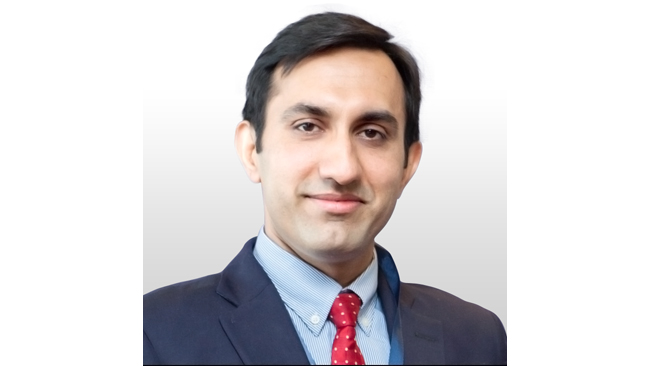
Jaipur, March, 2021.
Sayeed Jalal Hussain, a
61-year-old gentleman from Jaipur was suffering from pain in both the legs on
walking for the past 6 months. A known case of Peripheral Vascular Disease, he
had already gone for balloon angioplasty & stent placement in the arteries (blood
vessel that supplies oxygenated blood to body parts) of the lower leg in 2012.
Being diabetic made him more prone to the disease. Investigation showed
multiple blockages in the arteries of lower legs. Multiple therapies were
combined together to relieve blockages, which have given new pain-free life to
Mr. Hussain.
Peripheral vascular disease is a blood circulation
disorder in which blood vessels outside the brain & heart decrease in lumen
due to blockage, spasm or narrowing. In India, around 10 million people suffer
from the condition.
Dr Ravinder Singh Rao (Interventional Cardiologist), Chairman, RHL Heart Center, Rajasthan Hospital, Jaipur said, “It has been published in one of the Articles[1], Peripheral Vascular Disease (PVD) is commonly seen in patients above the age of 45 years. It will be a major healthcare challenge when India transforms from a young population nation to an old population nation in the coming years. Atherosclerosis, commonly known as deposition of fat in blood vessels, mainly affect large blood vessels and it has been seen that 40% of patients with heart vessel blockage also suffer peripheral vessel blockage.”
Speaking on the causes and risk factors Dr Rao
said, “Peripheral vascular disease is mainly of two types: Functional –
in which there is no physical damage to the blood vessels; and Organic – in
which blood vessels suffer physical damage. Functional emotional stress &
cold temperature are common causes. For organic PVD - smoking, diabetes
mellitus, high cholesterol, high blood pressure, and obesity are common risk
factors. Common symptoms of PVD include - pain & fatigue on activity that
gets better with rest, reduced hair growth in legs, cramps, pale skin, numbness
& muscle weakness.
Mr Hussain was a known case of PVD with two important
risk factors – ‘Diabetes Mellitus’ & high ‘Blood Pressure’. He had gone
under treatment in 2012 and was treated with balloon angioplasty & two
stent placements. When he came to us this time, he had developed blockages in
multiple arteries of legs. Directional Atherectomy & Balloon Angioplasty
was chosen as treatment and successfully conducted”, added Dr Rao.
Directional Atherectomy is a medical procedure in
which plaque is removed from the blood vessels. Unlike balloon therapy, it does
not rearrange the plaque in the vessel but removes it altogether. The technique
is also capable of removing calcium deposits, which has given a minimally
invasive treatment option of PVD.
“I was suffering from relentless pain on walking for the past 6 months. It had become difficult to walk even for shorter distances. I went under treatment a few years back and was not expecting to develop the blockages again. Doctor team assured me that multiple blockages can be treated with the minimally invasive procedure and now I feel so relieved after the treatment. The pain is gone, and I am glad that I can return to normalcy life again”, said Mr Sayeed Jalal Hussain.